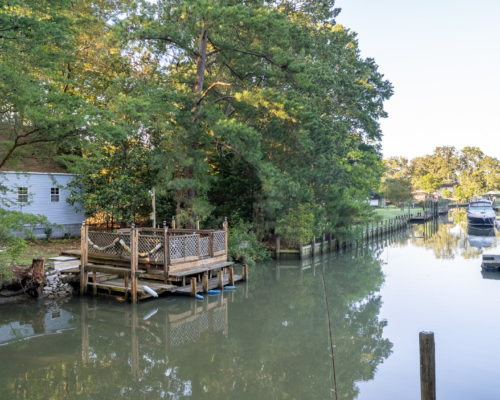It’s the time of year when boaters all over the Bay are calling up marinas to make last-minute repairs, de-winterize, and launch their boats for the season. The demand for boatyards and marinas is growing, but those businesses are having an increasingly hard time filling key positions. A new study released from the upper Chesapeake Bay seeks to find solutions to that problem.
It’s no secret that marine businesses in the Chesapeake Bay region are dealing with a shortage of qualified mechanics, technicians, and other trade workers. As in other trade sectors, the marine industry has an aging workforce with fewer young people lined up to replace retirees.
Across the board, both Maryland and Virginia are struggling with worker shortages in most industries. Looking at labor numbers from the U.S. Department of Commerce, both states are classified in the “most severe” labor shortage category. In Maryland, there are only 33 workers available for every 100 jobs needing to be filled. In Virginia, there are 47 workers for every 100 jobs.
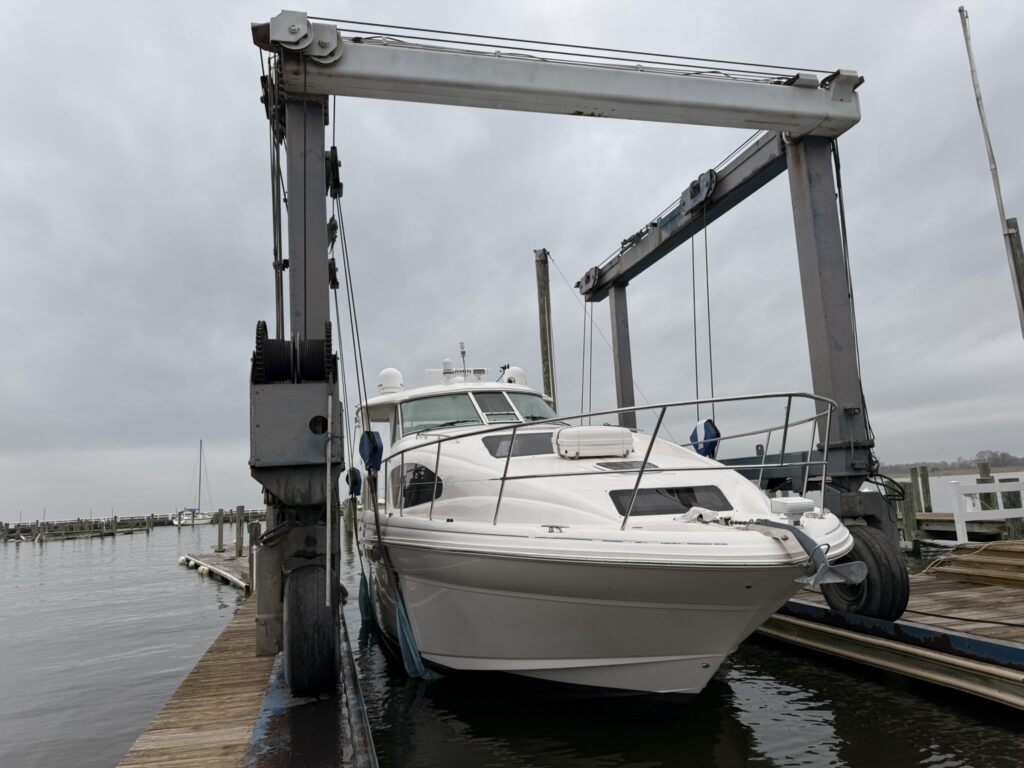
The Marine Trades Association of Maryland (MTAM) lists jobs available in the marine trades, and there are plenty open at any given time. Several initiatives are in place to encourage young people to pursue marine trades careers in the Bay states, but the problem persists.
Some pockets of the Bay region rely especially heavily on marinas, boatyards and other marine industries for their overall economies. This is true of the upper Eastern Shore, in places like Rock Hall and Georgetown, Maryland. That’s why the Upper Shore Regional Council (USRC) recently undertook a Feasibility Study for Marine Trades Training, looking at how serious the problem may be on the Upper Shore and potential ways forward.
The feasibility study was centered in marina-heavy Rock Hall, Kent County, where Mayor James Cook partnered with Rivers & Roads Consulting and USRC to carry out and fund the study.
“Marinas, repair shops, charter operations, and other marine-related businesses are at the heart of Rock Hall’s economy,” says Cook.
Boating into Swan Creek or driving around the Rock Hall peninsula, you can see the sprawling marina properties and service yards full of boats, making it clear how much the local economy relies on them.
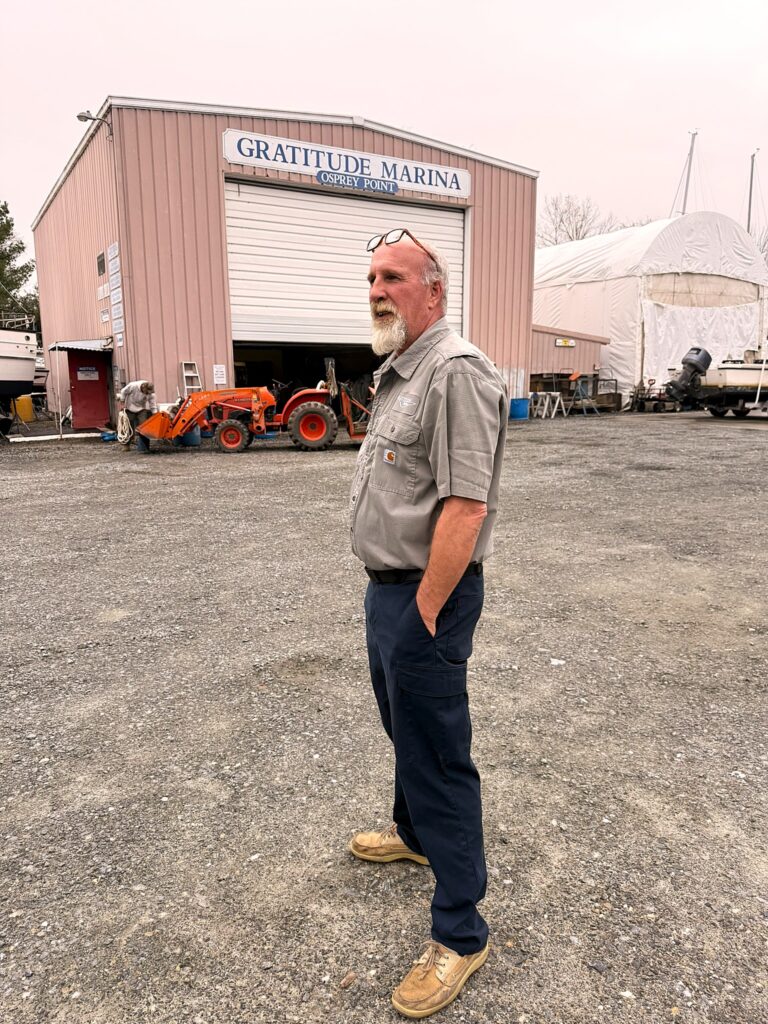
Wade Hague, service manager at the full-service Gratitude Marina, was born and raised in Rock Hall. “There are only three main industries/careers here,” he tells us. “Marina jobs, commercial watermen, or farmers.” He recalls how much larger today’s marinas are than when he was growing up, pointing to an even greater need for employees. “They’ve quadrupled in size.” Gratitude Marina is a sister company to Osprey Point Marina, which has its own restaurant and Inn, along with its slips. Nearby Haven Harbour Marina Resorts includes Haven Harbour Marina, Haven Harbour South, and the Inn at Haven Harbour.
Rock Hall’s proximity to the open Chesapeake Bay make it a popular spot for cruisers, too. “The marinas are definitely drawing people to the town,” Hague says. Boats even come from the Bahamas for service work.
The study evaluated the needs of the maritime community for workforce readiness, engaging with the businesses themselves and also with partners like Chesapeake College (which has a robust marine trades program) and the Chesapeake Bay Maritime Museum (whose shipwright apprentices restore important historic vessels).
One challenge the study recognized is the difficulty of finding close, convenient training programs for potential technicians. Hague says most of his employees’ training is done in the winter, during the slower boating off-season.
Even in the winter, however, marinas count on their workers. Hague says all of his employees are year-round, and they stay busy with “winter work”, like engine rebuilds or complete bottom jobs that require stripping back the fiberglass.
In the summer, boaters’ needs are more immediate. When someone’s air conditioning goes up, Hague says the client’s attitude is often, How fast can you fix it? I’m taking the grandkids out this weekend.
Gratitude Marina’s staff of seven has to cover every aspect of boat service: mechanical work, sail rigging, paint and fiberglass, electronics… the list goes on. Everyone has their own specialty. The youngest workers are usually “yard help”, painting bottoms and learning the ropes before training in a specialty of their own. But, the service manager points out, most young people wouldn’t consider painting boat bottoms to be a glamorous job. “There are no high school students coming down the street,” he says.
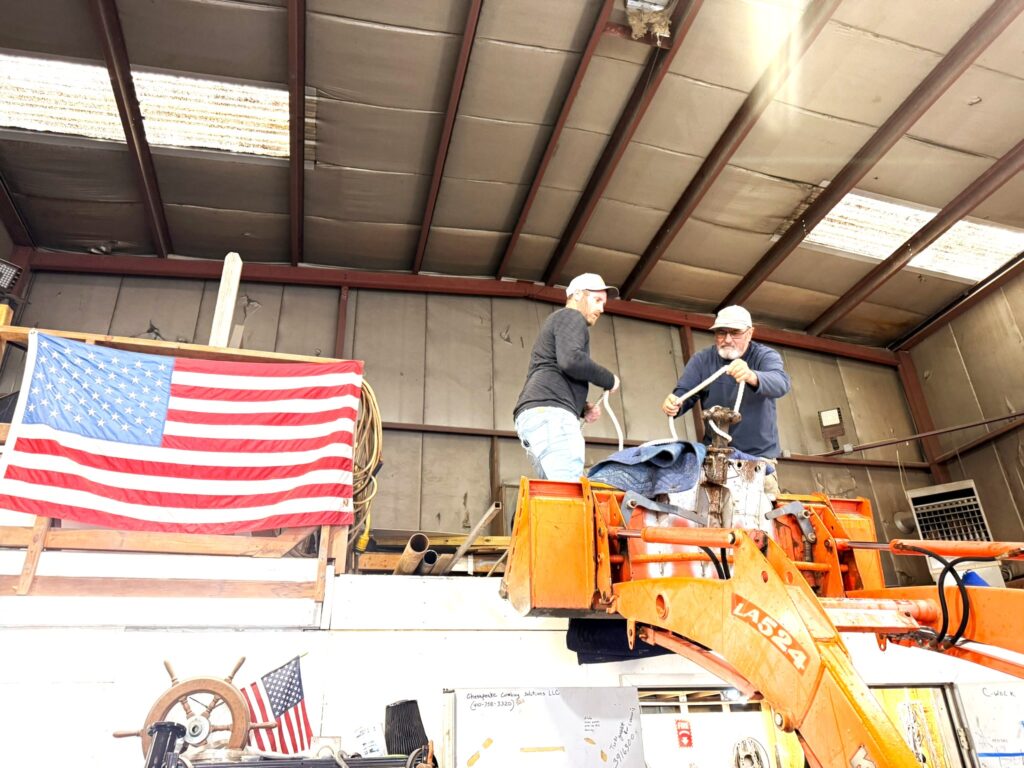
Gratitude’s carpentry and teak specialist, Forrest Kershaw, has been in the yard at Gratitude for 16 years. He says the job pairs well with his own love of boating, but he’s ready to retire and do something different. “Nobody is coming on to do what he does,” Hague says of Kershaw. This retirement scenario is likely playing itself in other boatyards, too.
The Upper Shore Regional Council’s study finds that workforce readiness is one of the main areas that need improvement. “It’s about creating a pipeline,” says USRC Executive Director Susan O’Neill, “to let students or individuals changing careers know that you can start training [in the marine trades]. There is a need; you’ll be able to get a job.”
O’Neill says that, as expected, the study found that the upper Eastern Shore needs more marketing and more programs. “You have to find the person who is certified to teach it and get the equipment to teach it (for example, specific boat engines for training).”
“Through direct engagement with local businesses, educational institutions, and workforce leaders, Rivers & Roads Consulting gained valuable insights that are pivotal to addressing the workforce challenges in Rock Hall,” said Sam Shoge, Partner at Rivers & Roads Consulting.
The study lays out a phased solution. In the first phase, a program coordinator would be hired for Marine Trades Workforce Development. That person would be responsible for addressing the pressing workforce needs and lay the foundation for a possible “full-scale training center” in the future, O’Neill says. The director may meet with marine trades programs like those at Chesapeake College and Cecil College in North East, finding out what they offer and how many interested students they have… then go around to the marinas and count positions.
A later phase would expand the Workforce Development program coordinator to a fully training hub that could support Rock Hall’s growing marine trades industry. A central hub or multiple mini-hubs in different areas could help solve one challenge the upper Eastern Shore faces: how spread apart the towns are. A student in Rock Hall would have to drive 50 minutes to attend training at Chesapeake College or an hour and 10 minutes to attend Cecil College. Instead, teachers could travel from one mini-hub to another. As O’Neill points out, “Sometimes it’s very hard to get the people to the training, so how do we get the training to the people?”
Last fall, Chesapeake College partnered with Kent County High School to hold Marine Service Technician Training at Haven Harbor Marina during after-school hours. It’s an example of the kind of opportunities that could be offered on a larger scale.
“Through a strategic, phased approach, we are laying the groundwork for the workforce development that will support Rock Hall’s marine trades sector for years to come,” says Cook.
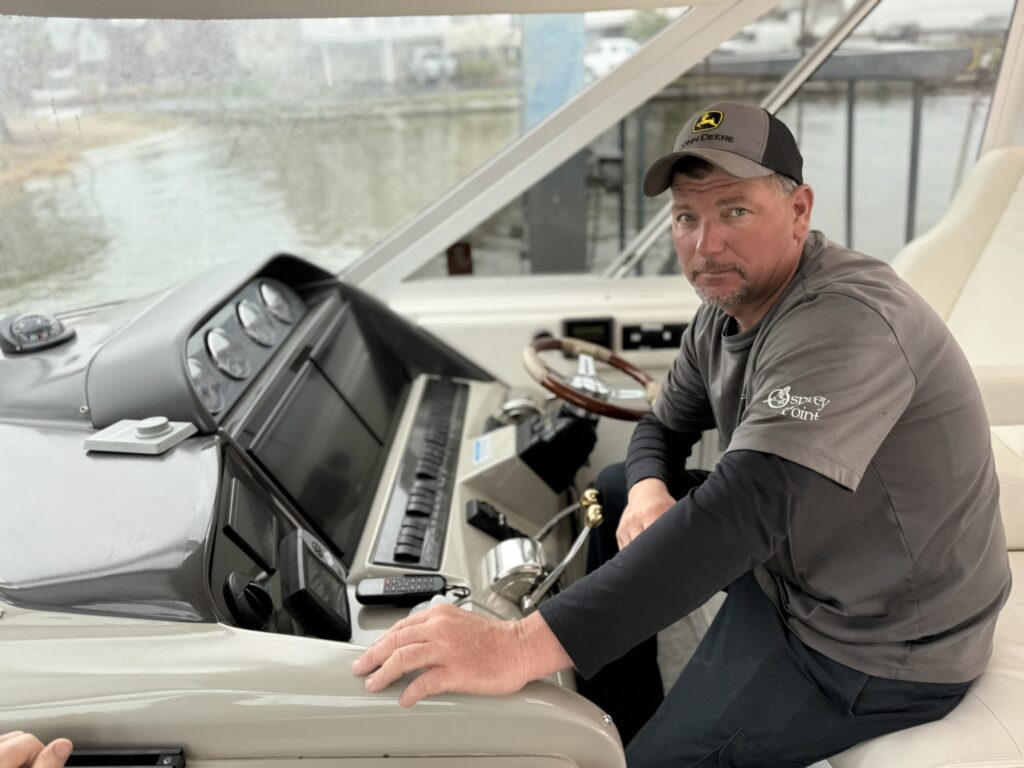
Hague says he likes the idea of the hubs. His ideal workforce in the years to come will be made up of service techs who are well-rounded in the entire boat, top to bottom, with good working knowledge of them.
O’Neill is hopeful that the study, with town support and the regional council behind it, will find opportunities for funding at the federal level, too. She calls this series of small steps “grassroots economic development”.
Hague knows one thing for sure: the marine trades industry isn’t going anywhere, and with that comes great job security for the people who do follow the path. People won’t stop using the Bay as a recreational resource, he points out. “There’s always going to be the need for it.”




